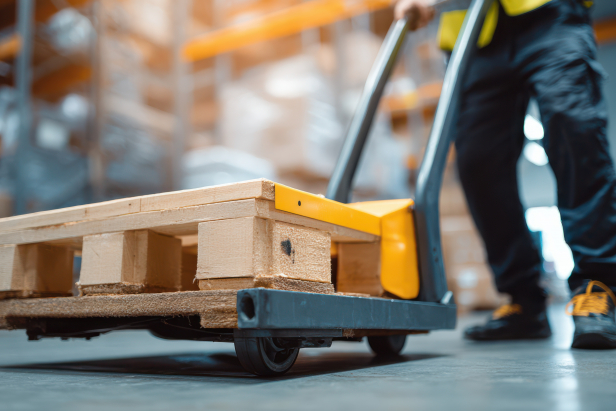
But at Pristine Condition, we believe it should be much more than that. Manual handling shouldn't just be taught—it should be actively promoted.
That starts well before any training session begins.
Our approach is rooted in real-world understanding. Before we deliver a single session, our team conducts an anatomical risk assessment—an in-depth review of the working environment and the tasks staff perform daily. This isn't just a walk-through. It's a forensic look at how people move, lift, twist, reach, and carry throughout their shift. We analyse the positions they adopt, the constraints they face, and the setups they're working within.
Why? Because this insight allows us to tailor training around the realities of the job. When training reflects the specific, often repetitive, tasks of a workplace, it becomes immediately more relevant—and more likely to lead to lasting behavioural change.
No two workplaces are identical. That’s why off-the-shelf training often fails to stick. By observing how tasks are actually carried out and identifying high-risk movements, we ensure our courses address the specific challenges employees face. This level of personalisation makes training more engaging, more applicable, and ultimately, more effective.
But there’s more. These assessments frequently uncover something else: environmental and equipment-related issues that promote poor manual handling. Workstations, tools, and layouts are often designed with limited consideration for ergonomics or biomechanics. As a result, workers are inadvertently encouraged to adopt harmful habits.
Take, for example, the placement of a pallet. If it’s too close to the end of, or the side of, the conveyor, it might promote twisting instead of turning. If it’s too far, it could lead to unnecessary walking with a load. A simple visual indicator to mark the optimal pallet position could eliminate that risk, promoting a safer technique instead.
Height matters, too. If a pallet is too low, why not elevate it with a scissor lift or even an additional pallet base? Small changes can make a significant difference—raising the working height can dramatically reduce strain on the lower back.
Then there’s equipment design. Handles might be placed in the wrong position, or worse, only designed for one hand when a two-handed lift would be safer. Adding a second handle, or repositioning the existing one, may seem minor—but these changes empower workers to lift correctly without compromise.
The message is clear: the right environment promotes the right technique. A well-designed workstation, appropriate tools, and equipment that’s aligned with best-practice manual handling don’t just support safe working—they encourage it.
So, yes, train manual handling. But more importantly, promote it. Build it into the fabric of your workplace by ensuring your processes, tools, and environments are designed to make safe choices the easy choices.
Contact us today to find out how tailored training and ergonomic improvements can transform manual handling in your business.
Get Expert Tips & Industry News – Join Our Mailing List.